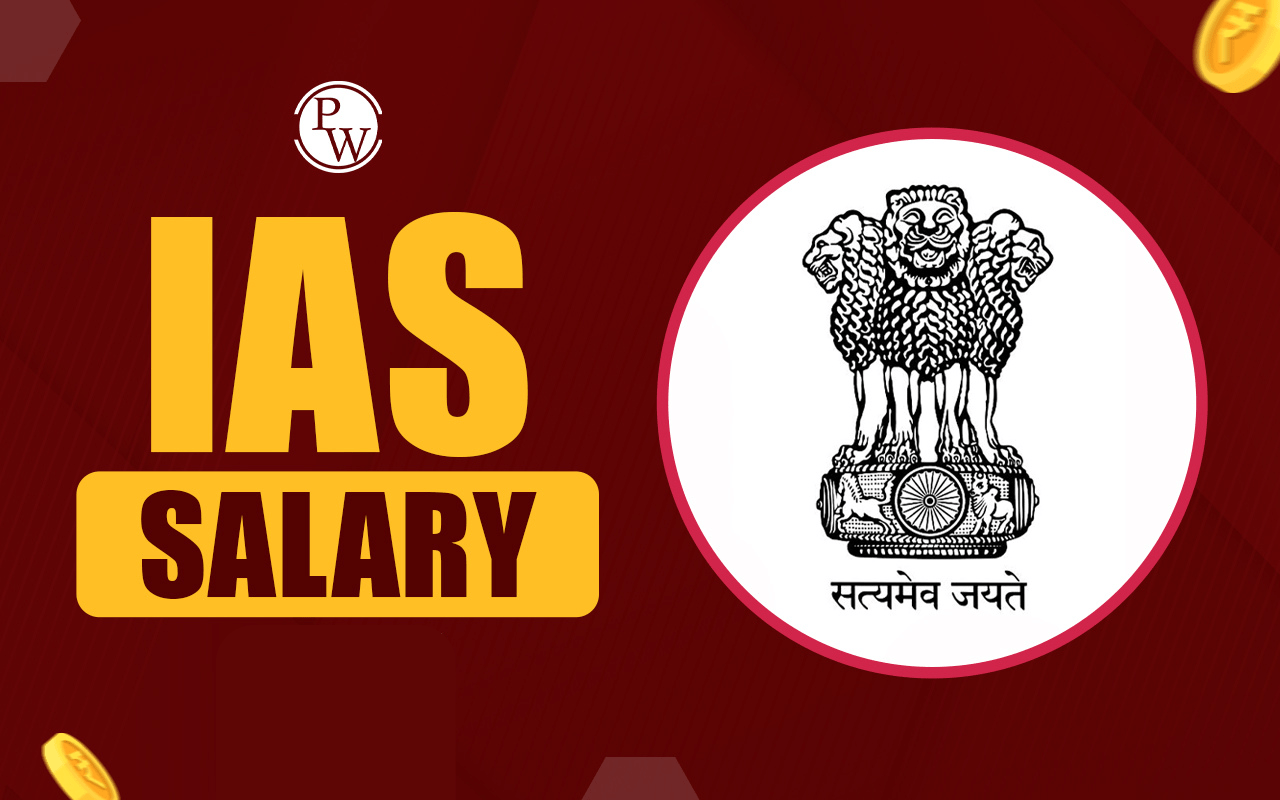
Summer Solstice 2024: On Friday, June 21, 2024, the Northern Hemisphere witnessed the annual celestial event known as the 'Summer Solstice'. This day coincides with International Yoga Day and has great significance across the world. It happens due to Earth's axial tilt towards the sun, resulting in the longest period of daylight of the year.
The Summer Solstice marks the official beginning of summer and is celebrated in several cultures with festivals and rituals. Read on to learn about the Summer Solstice 2024 and its effect on the different hemispheres.What is Summer Solstice?
The word "solstice" comes from Latin words for "sun" and "to stand still," which means that on the day of the solstice, the sun appears to stand still in its highest position in the sky before changing direction. This marks the longest day of the year and the shortest night and occurs twice a year in different hemispheres. While the exact date may vary according to latitude, the Summer Solstice in the Northern Hemisphere occurs on June 20 or 21 and on December 21 or 22 in the Southern Hemisphere. It happens due to the tilt of the Earth's axis , which is inclined towards the Sun at its most extreme angle on this particular day leading up to the longest path and most daylight.
Summer Solstice 2024
The Summer Solstice 2024 date is June 21st for the Northern Hemisphere. Summer Solstice is characterized by the longest day of the year, with the sun being at its highest point in the sky on Friday, June 21, 2024 . It is a time when the North Pole is tilted most directly toward the Sun at about 23.4°. The Summer Solstice date is decided according to the position of the sun over the Tropic of Cancer , which is the northernmost latitude at which the sun can be directly overhead. It marks the official start of summer in the northern hemisphere.What is the Effect of Summer Solstice?
The summer solstice day length is the longest in the year and varies from around 14 hours near the equator to over 18 hours near the Arctic Circle. For instance, the Tropic of Cancer marks the boundary beyond which the sun is directly overhead on the summer solstice, while at the Arctic Circle, the sun never sets during the summer solstice. Due to the summer solstice, people experienced the longest day of the year on June 21st in the Northern Hemisphere. This resulted in the most sunlight, and the 21st of June can be the hottest day in many countries in the Northern Hemisphere. One positive effect is that the Summer Solstice provides opportunities for scientific research, particularly in fields like astronomy, meteorology, and ecology, that can help scientists better understand the Earth's climate, seasonal patterns, and the effects of solar radiation.Summer Solstice in Northern and Southern Hemisphere
The Summer Solstice occurs in both the Northern and Southern Hemispheres but with different dates and characteristics. There is a difference of approximately 6 months in both events which are as follows:Summer Solstice in Northern Hemisphere
The Summer Solstice in the Northern Hemisphere occurs on June 20 or 21st. On this day, the sun is at its highest point in the sky, and the North Pole is tilted most directly towards the Sun. Regions near the Arctic Circle experience nearly 24 hours of daylight, known as the Midnight Sun .Summer Solstice in Southern Hemisphere
The Summer Solstice in Southern Hemispheres takes place around December 21st and 22nd. It marks the official start of summer in the Southern Hemisphere when the South Pole is tilted towards the Sun. Regions near the Antarctic Circle experience nearly 24 hours of daylight.Difference Between Summer and Winter Solstice
The Summer and Winter Solstices are celestial events that occur due to Earth's annual orbit around the Sun. While the Summer Solstice marks the longest day and shortest night of the year, the Winter Solstice marks the shortest day and longest night. Here are the key differences between the summer and winter solstice in the Northern Hemisphere:| Difference Between Summer and Winter Solstice | ||
| Aspect | Summer Solstice | Winter Solstice |
| Definition | It is the longest day of the year when the sun reaches its highest point in the sky, marking the start of summer. | The shortest day of the year when the sun reaches its lowest point in the sky, marking the start of winter. |
| Date | 21 June 2024 (20 June in some cases) | 21 or 22 December 2024 |
| Earth's Position | Northern Hemisphere tilted towards the Sun | Northern Hemisphere tilted away from the Sun |
| Day Length | Longest day of the year | Shortest day of the year |
| Night Length | Shortest night of the year | Longest night of the year |
| Temperature | Warmer | Colder |
| Sun Cycle | The earliest sunrise and late sunset | Late sunrise and earliest sunset |
| Season | Start of Summer | Start of Winter |
| Reason for Occurrence | Earth's tilt on its axis towards the sun causes longer daylight hours | Earth's tilt on its axis away from the sun causes shorter daylight hours |
| UPSC Related Articles | ||
| UPSC Prelims Calculator Usage Rules | UPSC Prelims Cut Off | UPSC Prelims 2024 |
| UPSC Prelims Time Management Tips | UPSC Prelims Admit Card 2024 | UPSC Prelims Exam Dress Code |
Summer Solstice 2024 FAQs
What happens in the summer solstice?
The summer solstice marks the longest day of the year in the Northern Hemisphere, with the sun at its highest point in the sky.
What is meant by summer solstice?
The summer solstice is the day when the North/South Pole is tilted closest to the sun, resulting in the longest period of daylight of the year.
Why is June 21 the longest day in the Northern Hemisphere?
June 21 is the longest day in the Northern Hemisphere because the Earth's axis is tilted towards the sun on this day, causing the sun to appear at its highest point in the sky and resulting in the longest period of daylight.
Which is the longest day in India?
The longest day in India is the 21st of June on which the summer solstice occured in the Northern Hemisphere.
What is special about the summer solstice?
The summer solstice is special because it marks the longest day of the year and the official start of the summer season in the respective hemispheres.
What happens during the summer solstice?
During the summer solstice Earth's tilt toward the sun is greatest.
Talk to a counsellorHave doubts? Our support team will be happy to assist you!

Check out these Related Articles
Free Learning Resources
PW Books
Notes (Class 10-12)
PW Study Materials
Notes (Class 6-9)
Ncert Solutions
Govt Exams
Class 6th to 12th Online Courses
Govt Job Exams Courses
UPSC Coaching
Defence Exam Coaching
Gate Exam Coaching
Other Exams
Know about Physics Wallah
Physics Wallah is an Indian edtech platform that provides accessible & comprehensive learning experiences to students from Class 6th to postgraduate level. We also provide extensive NCERT solutions, sample paper, NEET, JEE Mains, BITSAT previous year papers & more such resources to students. Physics Wallah also caters to over 3.5 million registered students and over 78 lakh+ Youtube subscribers with 4.8 rating on its app.
We Stand Out because
We provide students with intensive courses with India’s qualified & experienced faculties & mentors. PW strives to make the learning experience comprehensive and accessible for students of all sections of society. We believe in empowering every single student who couldn't dream of a good career in engineering and medical field earlier.
Our Key Focus Areas
Physics Wallah's main focus is to make the learning experience as economical as possible for all students. With our affordable courses like Lakshya, Udaan and Arjuna and many others, we have been able to provide a platform for lakhs of aspirants. From providing Chemistry, Maths, Physics formula to giving e-books of eminent authors like RD Sharma, RS Aggarwal and Lakhmir Singh, PW focuses on every single student's need for preparation.
What Makes Us Different
Physics Wallah strives to develop a comprehensive pedagogical structure for students, where they get a state-of-the-art learning experience with study material and resources. Apart from catering students preparing for JEE Mains and NEET, PW also provides study material for each state board like Uttar Pradesh, Bihar, and others
Copyright © 2025 Physicswallah Limited All rights reserved.
Get App






